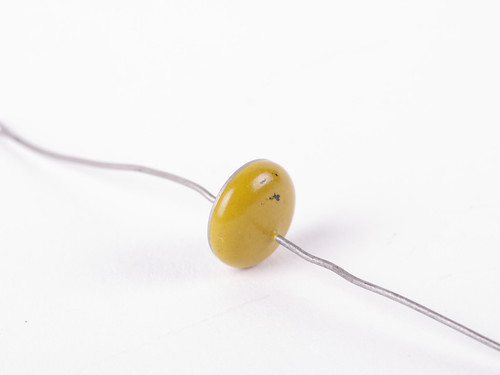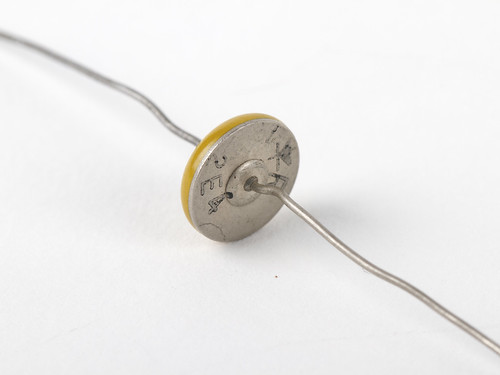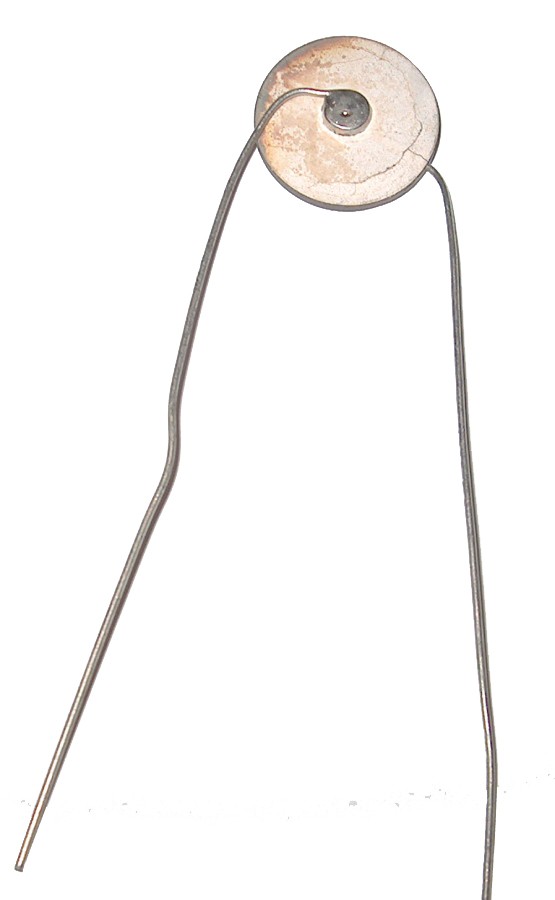AardvarkBry
Tinkerer who doesn’t know nearly enough to fiddle
I posted on here a while back if anyone knew any information about an old Naval tube amp labeled “non-linear amplifier.” The consensus seemed to be it was some sort of limiter. I finally got around to tracing the circuit, and did my best to write a schematic based off what I traced. It appears to my not super well trained eye, to be an ordinary microphone tube preamp, with a cathode follower output. What do you guys think?
It’s 3 stages of 6SJ7s and a 6V6 for the cathode follower output. I’m sure the way I notated the 3 10uf/10uf can caps feeding B+ to all the plates and grids, is not super correct. I wrote “disc,” for the mystery flying saucer component.
A few puzzling things I don’t quite understand:
1. There are the strange tiny flying saucer discs, probably ceramic, I’ve never seen before. I assume they’re ceramic caps? I included a picture.
2. What are the points of the trim pots going into each preamp section?
3. I assume the way the plates and grids get their B+ is probably pretty normal, but don’t understand how it all connects. It’s all kind of one big loop from the input to output, with each preamp section having an additional feed. Is this some sort of negative feedback system?
It’s 3 stages of 6SJ7s and a 6V6 for the cathode follower output. I’m sure the way I notated the 3 10uf/10uf can caps feeding B+ to all the plates and grids, is not super correct. I wrote “disc,” for the mystery flying saucer component.
A few puzzling things I don’t quite understand:
1. There are the strange tiny flying saucer discs, probably ceramic, I’ve never seen before. I assume they’re ceramic caps? I included a picture.
2. What are the points of the trim pots going into each preamp section?
3. I assume the way the plates and grids get their B+ is probably pretty normal, but don’t understand how it all connects. It’s all kind of one big loop from the input to output, with each preamp section having an additional feed. Is this some sort of negative feedback system?

























